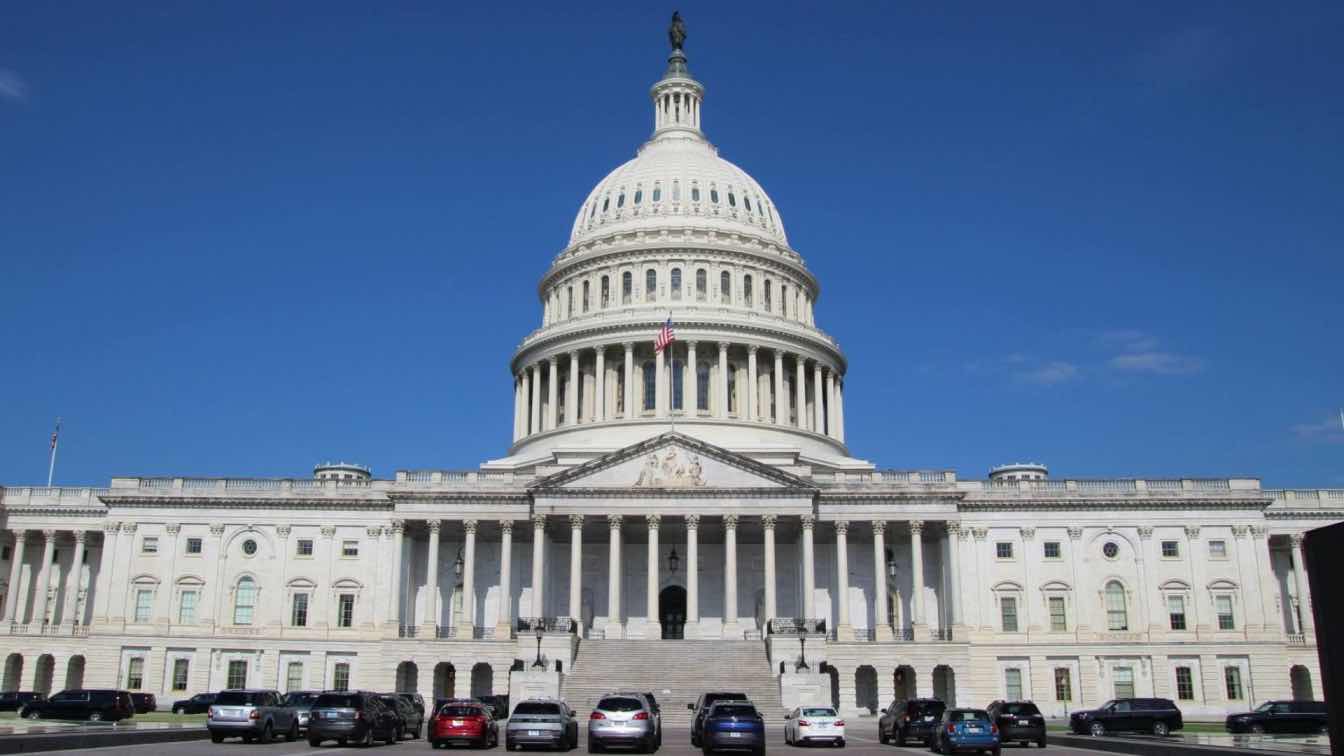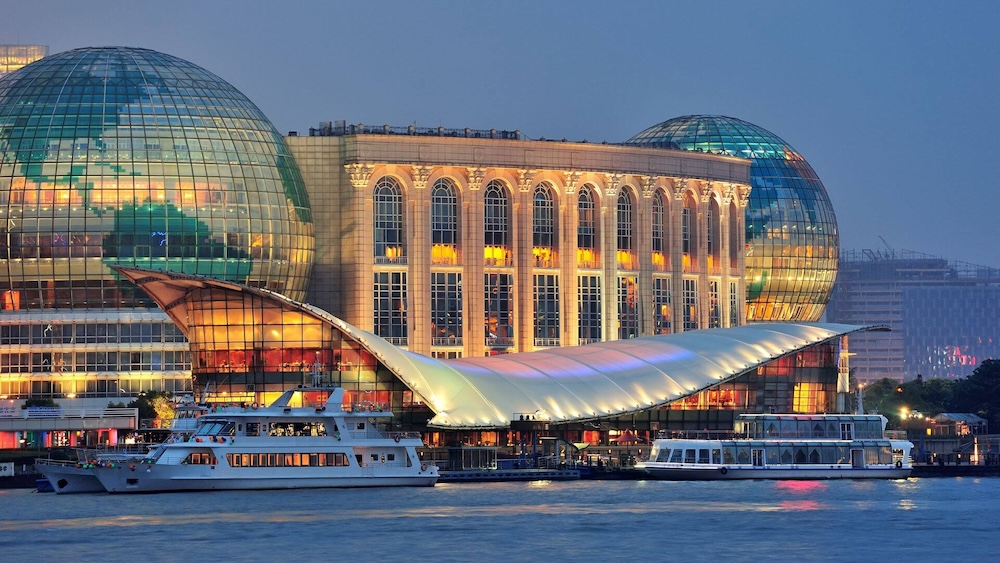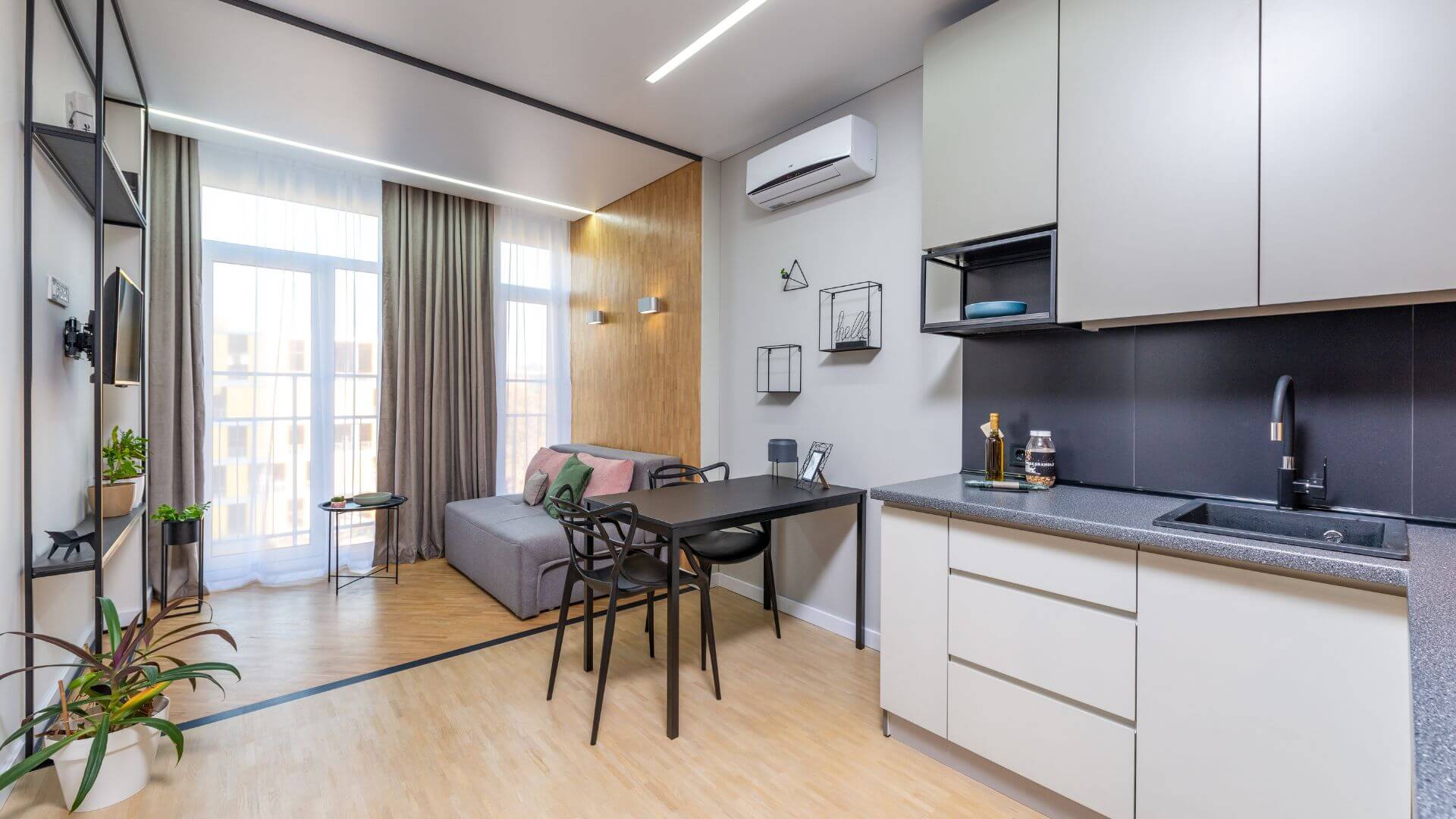In the 21st century, architecture has become a truly global language, transcending borders and influencing cities from São Paulo to Shanghai. The United States, with its rich architectural history and forward-thinking culture, remains a top destination for ambitious architects. But for many creative professionals, the dream of building a career in America depends not only on talent, but also on navigating the complex world of immigration. That's where the O-1 visa for architects becomes a life-changing opportunity-opening the door for extraordinary minds to shape skylines, lead studios, and transform the future of American cities.
Why the U.S. remains the land of opportunity for architects
From the Art Deco wonders of New York City to the cutting-edge green towers of San Francisco, the United States is a global laboratory for architectural innovation. Here, ideas are tested on a grand scale and boundaries are redefined. "Architecture is not just about space and form, it is about shaping the human experience," said the late Zaha Hadid, whose projects from Cincinnati to Miami redefined American modernism. The U.S. is home to world-renowned firms like SOM, Gensler, and Morphosis, all of which seek diverse voices and new visions.
American cities attract talent because they celebrate creative risk-taking. Each year, major competitions such as the AIA Awards and the Pritzker Prize draw global attention to projects and practitioners in the U.S. These honors recognize not only technical mastery, but also innovation, sustainability, and the ability to improve lives. For ambitious architects around the world, the U.S. represents a stage where big ideas are welcomed, not feared.
The O-1 Visa: Designed for Creative Excellence
The O-1 visa for architects is a unique nonimmigrant visa designed specifically for individuals who have demonstrated extraordinary ability or achievement in their field. Unlike more restrictive work visas, the O-1 celebrates exceptional professionals - those who have risen above the ordinary through innovation, leadership, and international recognition. The U.S. government defines "extraordinary ability" as sustained national or international recognition as evidenced by achievements such as major awards, leadership roles, significant press coverage, and a record of original contributions.
For architects, this can mean designing award-winning buildings, publishing influential research, leading design teams on landmark projects, or speaking at world-class conferences. Daniel Libeskind, the mastermind behind the World Trade Center master plan, once stated, "Architecture is the embodiment of hope. The O-1 visa is America's invitation to those who embody hope, vision, and expertise.
Creating a Competitive O-1 Visa Petition: A Step-by-Step Guide
Securing an O-1 visa for architects requires preparation, strategy, and a clear demonstration of impact. Here's how ambitious professionals can build a strong case:
1. Build a strong portfolio Quality trumps quantity. Focus on projects that demonstrate innovation, leadership, and cultural relevance. Include awards, competition wins, and projects featured in respected media. American judges appreciate not only the end result, but also your creative process and the real-world impact of your designs.
2. Secure Strong Recommendations Letters from world-renowned architects, professors, or clients who can speak directly to your unique contributions are invaluable. Bjarke Ingels, founder of BIG, once said, "A good building is like a good party - people stay longer than they need to because they are having fun." Testimonials from people who have experienced your "good party" can tip the scales in your favor.
3. Highlight originality and influence Demonstrate how your approach has changed the conversation or influenced trends-whether in sustainable design, urban renewal, or technological innovation. Cite moments when your work set a new standard or inspired others.
4. Document media recognition Articles in outlets such as ArchDaily, Dezeen, Architectural Record, or international newspapers are critical. Press coverage is proof that your work resonates beyond your immediate circle.
5. Show leadership and mentorship If you've led teams, taught master classes, or mentored young professionals, showcase those experiences. The U.S. architecture community values thought leaders and those who give back to the profession.
Real-World Journeys: Architects Who Changed the American Skyline
The most famous names in architecture often started out as international students or young designers. Consider I.M. Pei, who came to the U.S. from China and went on to design iconic landmarks ranging from the East Wing of the National Gallery to the Glass Pyramid at the Louvre. His journey embodies the possibilities that await those with ambition and vision.
Or look at Jeanne Gang, whose Gang studio attracts talent from around the world. She believes that "the best solutions come from a mix of experiences and ideas. Her Chicago-based firm is living proof that international perspectives are essential to American innovation.
Across the country, rising stars are using the O-1 visa for architects as a springboard. For example, Mexican architect Tatiana Bilbao, whose work combines social consciousness with avant-garde design, has won international competitions and brought her ideas to collaborations in the U.S. These stories show that the visa is more than paperwork-it's a ticket to participate in transformative projects.
The challenges and rewards of building a career in America
Relocating to the United States presents both opportunities and challenges. While the country offers freedom to experiment and access to cutting-edge resources, newcomers often face steep learning curves. Navigating zoning laws, working within new regulatory environments, and adapting to different client expectations can test even the most seasoned professionals.
But the rewards can be immense. The U.S. remains a hub for sustainable design, digital fabrication, and smart cities-fields where fresh thinking is not only welcome, but necessary. "As architects, we have the privilege and responsibility to imagine a better world," says Elizabeth Diller of Diller Scofidio + Renfro. The O-1 visa for architects opens the door to being part of that conversation.
How to Stand Out: Expert Tips for Aspiring O‑1 Candidates
Embrace Multidisciplinarity: U.S. firms value architects who can collaborate across engineering, sustainability, and technology. Show versatility—be it through digital modeling, parametric design, or project management.
Get Involved in Professional Organizations: Membership and active participation in groups like the American Institute of Architects (AIA) or international equivalents strengthen your network and demonstrate professional engagement.
Compete and Exhibit: Submit work to competitions, biennales, and exhibitions. International visibility is persuasive evidence of impact.
Document Every Milestone: Keep meticulous records of every award, publication, leadership role, and speaking engagement. U.S. immigration officers respond to clear, organized evidence.
Find a Supportive Employer: Many leading U.S. firms are familiar with the O‑1 process and may help with sponsorship, legal support, or introductions.
The future of global talent in American architecture
America's most iconic structures-from the Golden Gate Bridge to the High Line-are the product of collaboration, diversity, and imagination. The O-1 visa for architects ensures that this tradition continues. It creates a pipeline for the world's top talent to join the next wave of design innovation, address the challenges of climate change, and create places where people can thrive.
As Norman Foster once said, "As an architect, you design for the present, with an awareness of the past, for a future that is essentially unknown." The U.S. remains open to those who have the courage to design that future, no matter where their journey begins.
Turning ambition into reality
The O-1 visa for architects is more than a legal process-it's a recognition of what creative professionals can contribute on a global stage. For those who dare to dream big and have the portfolio to prove it, the United States offers not just a market, but a mission: to create spaces that inspire, challenge, and endure.
If you are an architect driven by innovation and determined to make your mark, start building your international profile today. Seek out projects that push boundaries. Share your story with the world. Reach out to those who have gone before you and ask for guidance. The journey is challenging, but as many great architects have shown, the results can be extraordinary.
In the end, architecture is about the transformation of spaces, cities, and lives. The O-1 visa for architects is your chance to be part of that transformation on the American stage. With vision, preparation and perseverance, the next landmark to shape the skyline could bear your signature.





